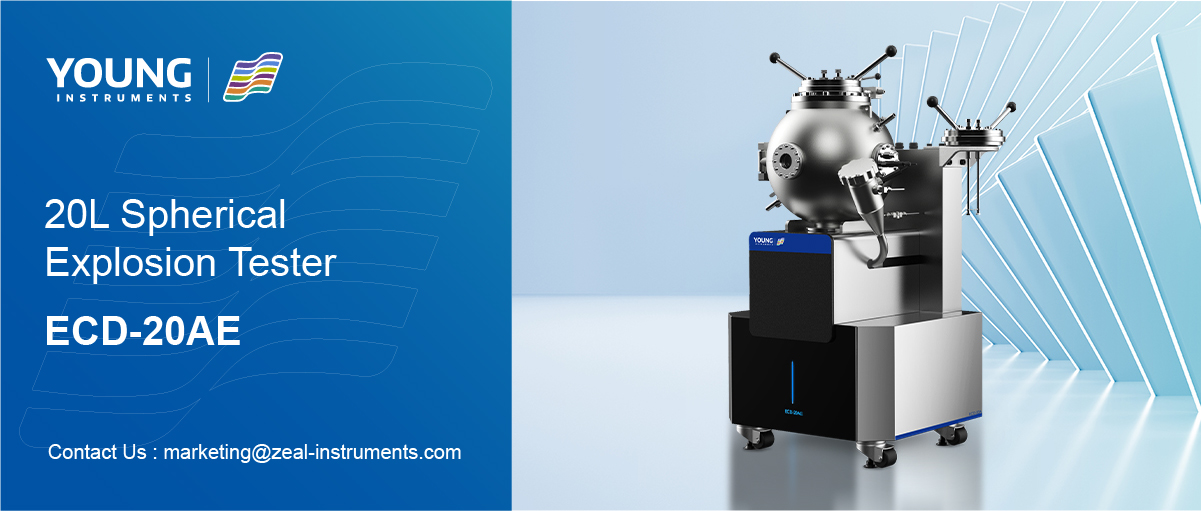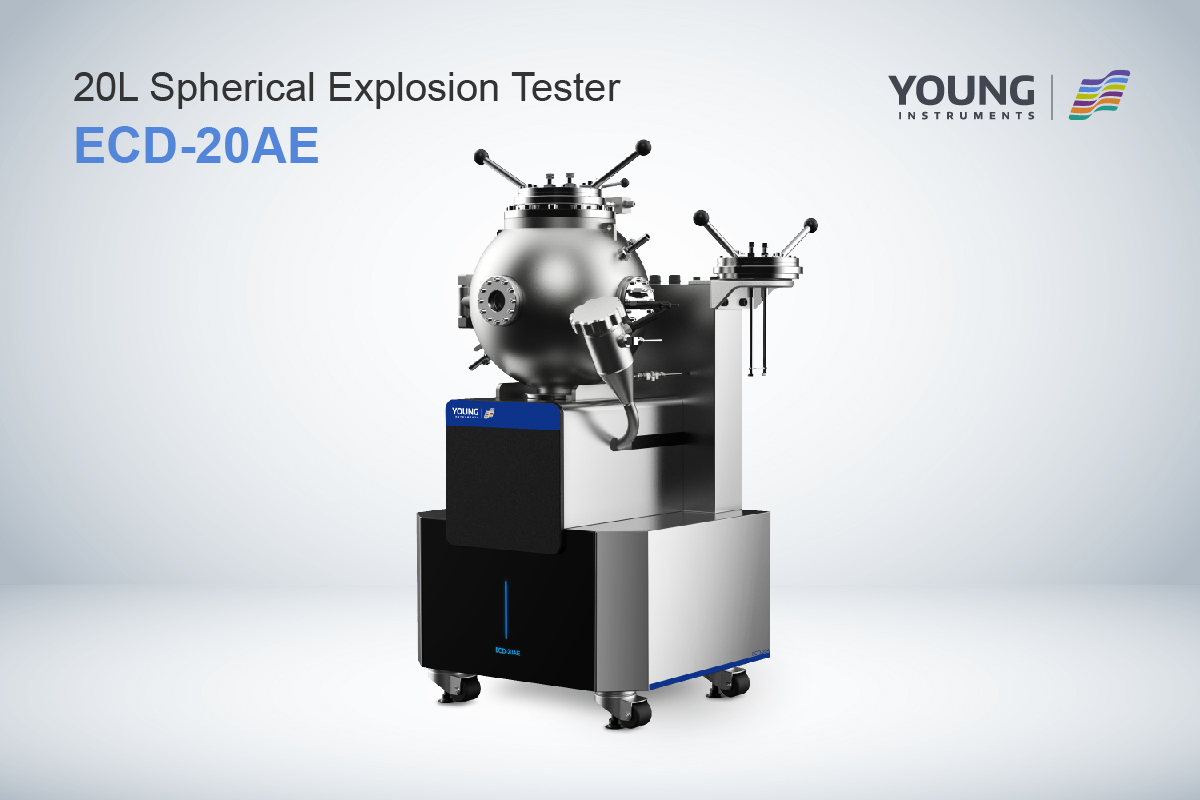Explosive Dust Testing: Importance and Procedures
If you work in an industry that generates or handles combustible dust, it is important to be aware of the hazards and take steps to prevent explosions. Combustible dust explosions can be devastating, causing loss of life, injuries, and property damage. That’s why explosive dust testing is so important.
Explosive dust testing is a process that helps to identify the risks associated with combustible dust and determine the best ways to manage those risks. During the testing process, dust samples are collected and analyzed to determine their explosive potential. The results of the testing can be used to develop safety protocols, implement dust control measures, and reduce the risk of explosions.
There are a variety of organizations that offer explosive dust testing services, including EMSL, Intertek, and DEKRA. These organizations have the expertise and equipment needed to conduct comprehensive testing and help you develop effective safety strategies. By investing in explosive dust testing, you can help protect your workers and your business from the devastating effects of combustible dust explosions.
Fundamentals of Explosive Dust
If you work in an industry that generates or handles combustible dust, it’s important to have a basic understanding of the fundamentals of explosive dust. Explosive dust is a serious hazard that can cause property damage, injury, and even death. In this section, we’ll cover the characteristics of combustible dust and the mechanisms of dust explosions.
Characteristics of Combustible Dust
Combustible dust is any finely divided solid material that can catch fire and explode when it’s suspended in air. Common examples of combustible dust include wood, coal, grain, sugar, and metals like aluminum and magnesium. Combustible dust can be generated by a variety of industrial processes, including cutting, grinding, mixing, and handling.
To be considered combustible, a dust must meet three criteria:
- It must be capable of being ignited
- It must be able to propagate flame
- It must be present in sufficient quantities to create an explosion hazard
Mechanisms of Dust Explosions
Dust explosions can occur when a cloud of combustible dust is ignited and the flame front propagates through the cloud, causing a rapid increase in pressure and temperature. There are two main mechanisms of dust explosions: deflagration and detonation.
Deflagration is a rapid combustion that propagates through a dust cloud at subsonic speeds. It’s the most common type of dust explosion and typically occurs when the dust cloud is confined in an enclosed space.
Detonation is a more violent type of explosion that occurs when the flame front propagates through the dust cloud at supersonic speeds. Detonation is less common than deflagration and typically occurs when the dust cloud is not confined.
To prevent dust explosions, it’s important to identify the sources of combustible dust in your workplace and take steps to control them. This may include implementing dust collection systems, using proper ventilation, and conducting regular inspections and maintenance.
Testing Standards and Protocols
When it comes to explosive dust testing, there are several standards and protocols that must be followed to ensure safety and accuracy. In this section, we will discuss three of the most important ones: ASTM Standards, OSHA Guidelines, and ISO Recommendations.
ASTM Standards
ASTM International is a globally recognized leader in developing and publishing voluntary consensus technical standards for a wide range of materials, products, systems, and services. ASTM E1226 is a standard test method for explosive properties of dust clouds. The protocol requires that particle size be reduced to 95% <75μm and dried to moisture content of 0.5% or less. The standard also outlines the equipment, procedures, and safety precautions necessary for conducting dust explosion testing.
OSHA Guidelines
The Occupational Safety and Health Administration (OSHA) has developed guidelines for identifying and controlling combustible dust hazards. OSHA Standards: 1910.119 Process Safety Management of Highly Hazardous Chemicals National Emphasis Program on Combustible Dusts (2007) outlines the requirements for facilities that handle combustible dust. The standard requires that employers conduct a hazard assessment to determine the potential for combustible dust explosions and implement measures to control the hazards.
ISO Recommendations
The International Organization for Standardization (ISO) has developed several recommendations for the prevention and mitigation of dust explosions. ISO/IEC 80079-20-2:2016 Explosive atmospheres – Part 20-2: Material characteristics – Combustible dusts test methods outlines the test methods for determining the explosibility of dusts. The standard provides guidance on the selection of appropriate test methods and the interpretation of test results.
In conclusion, following these testing standards and protocols is essential for ensuring the safety of workers and preventing dust explosions. By conducting thorough testing and implementing appropriate control measures, facilities can minimize the risk of combustible dust hazards and create a safer work environment.
Testing Procedures
When it comes to explosive dust testing, there are several procedures that must be followed to ensure accurate results. In this section, we will cover the three main testing procedures: Sample Collection, Dust Explosivity Testing, and Equipment and Safety Measures.
Sample Collection
The first step in explosive dust testing is collecting a representative sample of the dust. This is typically done using a dust collector or by manually collecting the dust using a vacuum or brush. It’s important to collect the sample from multiple locations to ensure accuracy and account for any variations in the dust.
Once the sample is collected, it needs to be properly labeled and stored in a sealed container to prevent contamination. The sample should also be kept in a cool, dry place until it’s ready to be tested.
Dust Explosivity Testing
The next step in explosive dust testing is determining the explosivity of the dust. This is typically done using a variety of tests, including the Go/No-Go test, Minimum Ignition Energy (MIE) test, and Maximum Explosion Pressure (Pmax) test.
The Go/No-Go test is a preliminary test that determines whether the dust is potentially explosive. The MIE test measures the minimum amount of energy required to ignite the dust, while the Pmax test measures the maximum pressure generated by an explosion of the dust.
Equipment and Safety Measures
Explosive dust testing requires specialized equipment and safety measures to ensure the safety of the testers and accurate results. This includes explosion-proof equipment, such as dust collectors and testing chambers, as well as personal protective equipment (PPE) for the testers.
It’s also important to follow strict safety protocols, such as proper grounding and bonding of equipment, to prevent the buildup of static electricity that could ignite the dust. All testing should be conducted in a well-ventilated area to prevent the buildup of explosive concentrations of dust.
Overall, explosive dust testing is a critical component of workplace safety in industries that handle combustible dusts. By following proper testing procedures and safety measures, you can help prevent potentially catastrophic explosions and keep your workplace safe.
Risk Assessment and Management
When it comes to explosive dust testing, risk assessment and management are critical components of the process. By conducting a hazard analysis, you can identify potential risks and develop preventive and mitigation strategies to minimize the risk of an explosion.
Hazard Analysis
Hazard analysis involves identifying potential hazards associated with combustible dust and assessing the likelihood and severity of each hazard. It is important to collect any available relevant drawings and documents that define the system or process, as well as any historical data regarding incidents or near misses.
The hazard analysis should also consider factors such as the type of dust, the size of particles, the concentration of dust, and the presence of ignition sources. By conducting a thorough hazard analysis, you can identify potential hazards and determine the appropriate preventive and mitigation strategies to minimize the risk of an explosion.
Preventive and Mitigation Strategies
Preventive and mitigation strategies are critical components of risk management. These strategies aim to prevent or minimize the risk of an explosion. Some preventive strategies include:
- Regular cleaning and maintenance of equipment and facilities to minimize the accumulation of combustible dust
- Proper ventilation to prevent the buildup of dust and reduce the risk of ignition
- Use of appropriate equipment and processes to minimize the risk of ignition
- Employee training and education on the hazards of combustible dust and the appropriate preventive and mitigation strategies
Mitigation strategies, on the other hand, aim to minimize the damage in the event of an explosion. Some mitigation strategies include:
- Installation of explosion suppression or isolation systems to limit the spread of an explosion
- Use of appropriate building materials and design to minimize the damage caused by an explosion
- Emergency response planning and training to ensure a quick and effective response in the event of an explosion
By implementing these preventive and mitigation strategies, you can minimize the risk of an explosion and ensure the safety of your employees and facilities.
Case Studies and Industry Applications
Explosive dust testing is essential to prevent dust explosions in various industries such as food, chemical, and manufacturing. Case studies and industry applications can provide valuable insights into the importance of dust testing and the potential consequences of not doing so.
One example of a case study is the analysis of 53 dust explosions by MDPI. The study found that despite extensive research and technical development, processes that produce and handle combustible materials in the form of powders and dusts have become a constant dust explosion threat. This highlights the need for regular explosive dust testing to ensure the safety of workers and equipment.
Industry applications of explosive dust testing include process safety consulting and testing, as offered by Intertek. Intertek provides dust explosion testing capabilities in dedicated industry-based laboratories, helping to identify and mitigate potential hazards associated with powder handling and reactive chemical processing.
Another example of industry applications is the use of dust explosion likelihood assessment models, as described in a study. The study considers three dust classes: food feed, plastic, resin and rubber, and metal alloys. The model consists of three parts: monitoring the data, assessing the hazard causing parameters, and determining the likelihood of a dust explosion. This approach can help industries identify potential hazards and take steps to prevent dust explosions.
Overall, case studies and industry applications demonstrate the importance of explosive dust testing in various industries. Regular testing can help prevent dust explosions, protect workers and equipment, and ensure compliance with safety regulations.
































